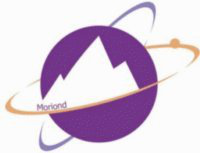Orateur
Dr
Thomas ODonnell
(UC Berkeley / Lawrence Berkeley National Lab)
Description
The KamLAND-Zen experiment is a new application of the KamLAND detector running in parallel with the ongoing antineutrino program at KamLAND. The experiment searches for neutrinoless double beta decay of $^{136}$Xe using a target of Xe-loaded liquid scintillator placed at the center of the KamLAND detector. KamLAND-Zen recently completed its first phase of running, corresponding to the largest exposure of $^{136}Xe to date: 89.5 kg-yr. Based on the first-phase dataset the collaboration obtains a lower limit for the neutrinoless double-beta decay half-life of $^{136}$Xe: $T_{1/2}_{0\nu} > 1.9 \times 10^{25} $ yr at 90% C.L. Combining limits from KamLAND-Zen and EXO-200 gives $T_{1/2}_{0\nu} > 3.4 \times 10^{25}$ yr at 90% C.L.
Following a brief overview of neutrinoless double beta decay experiments I will describe the KamLAND-Zen detector, the results of the first phase data set and their implications for the neutrinoless double-beta decay detection claim in Ge-76 reported by a part of the Heidelberg-Moscow collaboration.
Auteur
Dr
Thomas ODonnell
(UC Berkeley / Lawrence Berkeley National Lab)

